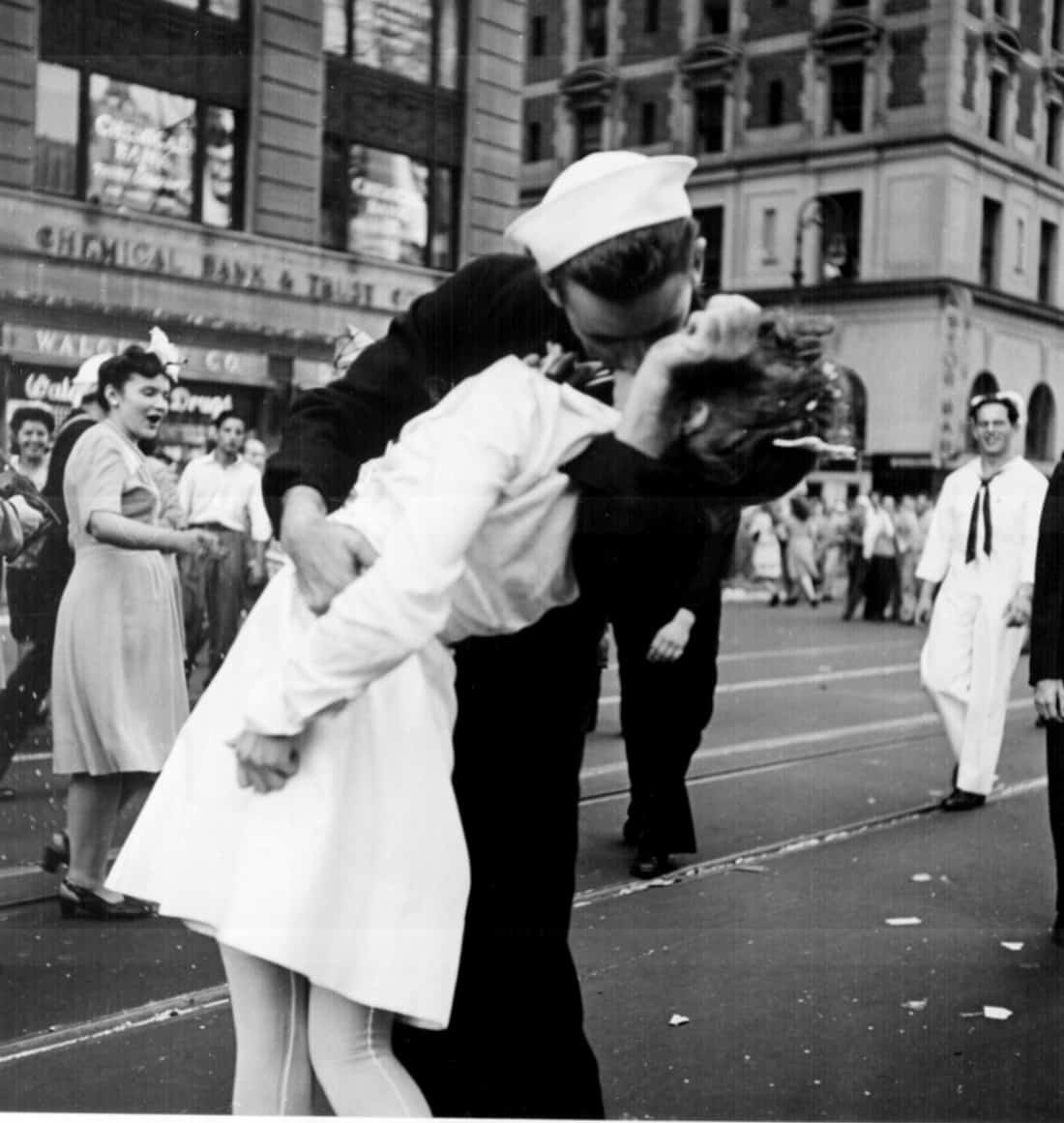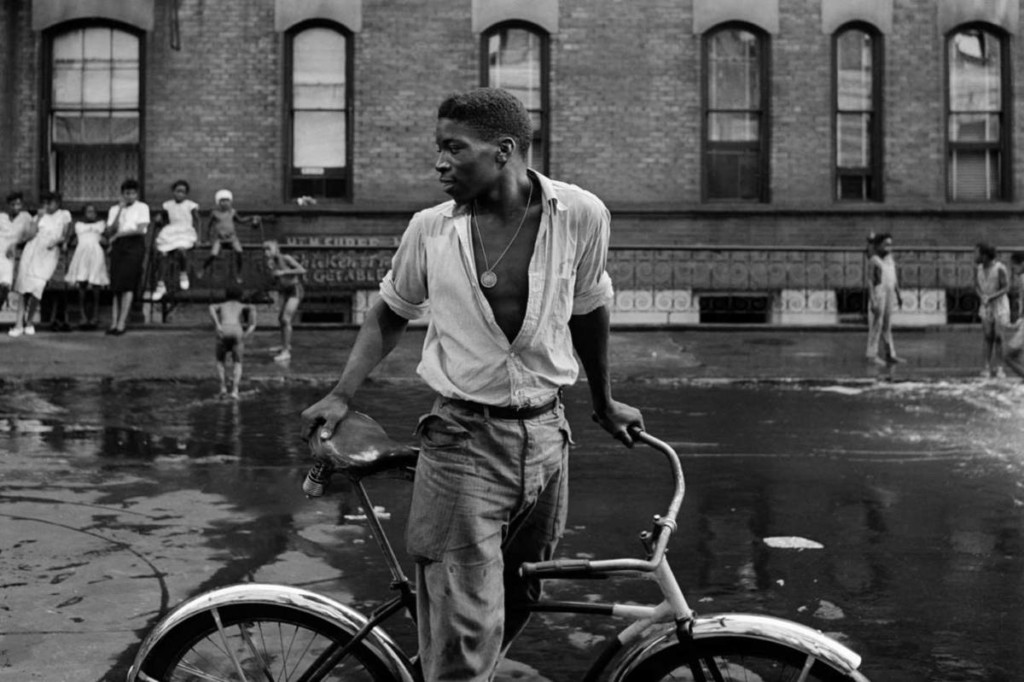The 7-Second Trick For Framing Streets
The 7-Second Trick For Framing Streets
Blog Article
Framing Streets Things To Know Before You Buy
Table of ContentsMore About Framing StreetsThe Definitive Guide to Framing StreetsThe smart Trick of Framing Streets That Nobody is DiscussingFraming Streets Fundamentals ExplainedThe Buzz on Framing StreetsThe Only Guide for Framing Streets
, normally with the purpose of recording pictures at a crucial or touching moment by careful framework and timing. https://www.mixcloud.com/framingstreets1/.
The Framing Streets PDFs
Susan Sontag, 1977 Street photography can focus on people and their actions in public. In this respect, the road professional photographer is comparable to social docudrama digital photographers or photographers that also operate in public places, however with the goal of recording newsworthy events. Any of these photographers' pictures might capture individuals and building noticeable within or from public places, which typically requires browsing moral concerns and laws of personal privacy, protection, and residential property.
Depictions of daily public life form a category in almost every period of world art, starting in the pre-historic, Sumerian, Egyptian and early Buddhist art periods. Art taking care of the life of the road, whether within views of cityscapes, or as the leading motif, appears in the West in the canon of the Northern Renaissance, Baroque, Rococo, of Romanticism, Realism, Impressionism and Post-Impressionism.
Framing Streets - The Facts
Louis Daguerre: "Boulevard du Holy place" (1838 or 1839) In 1838 or 1839 the very first photograph of figures in the road was recorded by Louis-Jacques-Mand Daguerre in among a pair of daguerreotype views drawn from his workshop window of the Boulevard du Temple in Paris. The second, made at the height of the day, shows an uninhabited stretch of street, while the other was taken at concerning 8:00 am, and as Beaumont Newhall records, "The Blvd, so regularly loaded with a moving bunch of pedestrians and carriages was flawlessly solitary, except an individual that was having his boots combed.
Subsequently his boots and legs were well defined, but he is without body or head, because these remained in activity." Charles Ngre, waterseller Charles Ngre. https://penzu.com/p/454a0d4b3b5b7826 was the first professional photographer to obtain the technical refinement needed to sign up people in motion on the road in Paris in 1851. Photographer John Thomson, a Scotsman dealing with reporter and social protestor Adolphe Smith, released Road Life in London in twelve monthly installments beginning in February 1877
What Does Framing Streets Mean?
Eugene Atget is concerned as a progenitor, not due to the fact that he was the initial of his kind, but as a result of the popularisation in the late 1920s of his document of Parisian streets by Berenice Abbott, who was influenced to carry out a similar documentation of New york city City. [] As the city established, Atget helped to promote Parisian roads as a deserving subject for digital photography.

Framing Streets - Truths
Martin is the very first videotaped photographer to do so in London with a masked cam. Mass-Observation was a social research organisation established in 1937 which aimed to record daily life in Britain and to record the responses of the 'man-in-the-street' to King Edward VIII's abdication in 1936 to marry divorce Wallis Simpson, and the sequence of George VI. Between 1946 and 1957 Le Groupe des XV each year showed job of this kind. Andre Kertesz. Circus, Budapest, 19 May 1920 Road digital photography formed the major content of two exhibitions at the Museum of Modern Art (Mo, MA) in New York curated by Edward Steichen, 5 French Photographers: Brassai; Cartier-Bresson, Doisneau, Ronis, Izis in 1951 to 1952, and Post-war European Photography in 1953, which exported the principle of street digital photography globally.

What Does Framing Streets Mean?
, after that an educator of young kids, associated with Evans in 193839.'s 1958 publication,, was significant; raw and frequently out of focus, Frank's images questioned mainstream digital photography of the time, "tested all the formal guidelines laid down by Henri Cartier-Bresson and best site Walker Evans" and "flew in the face of the wholesome pictorialism and genuine photojournalism of American magazines like LIFE and Time".
Report this page